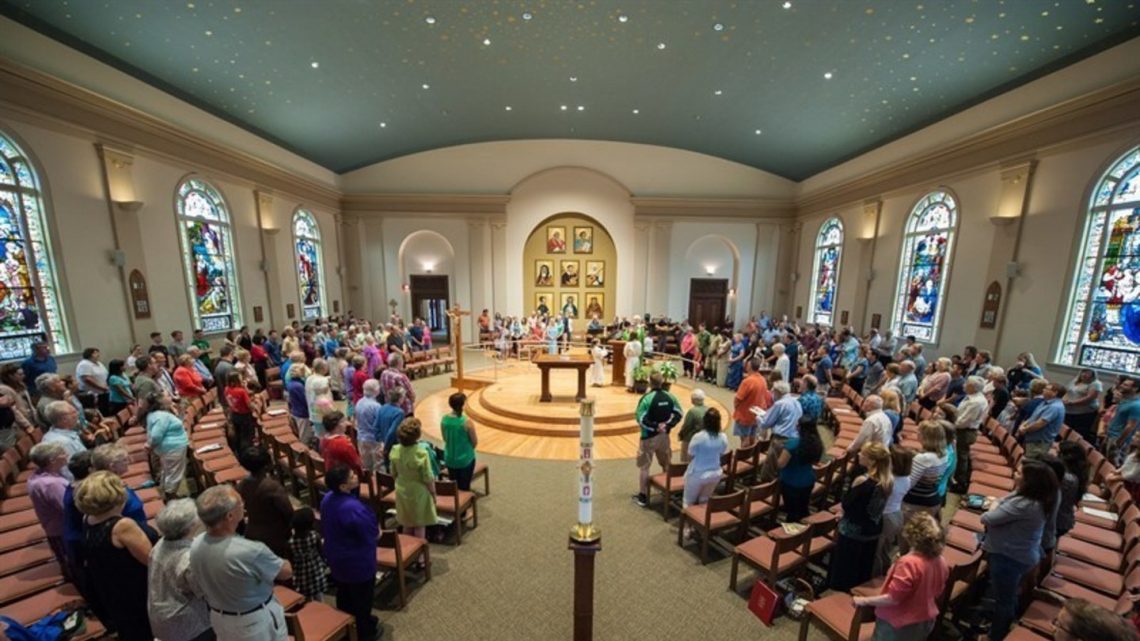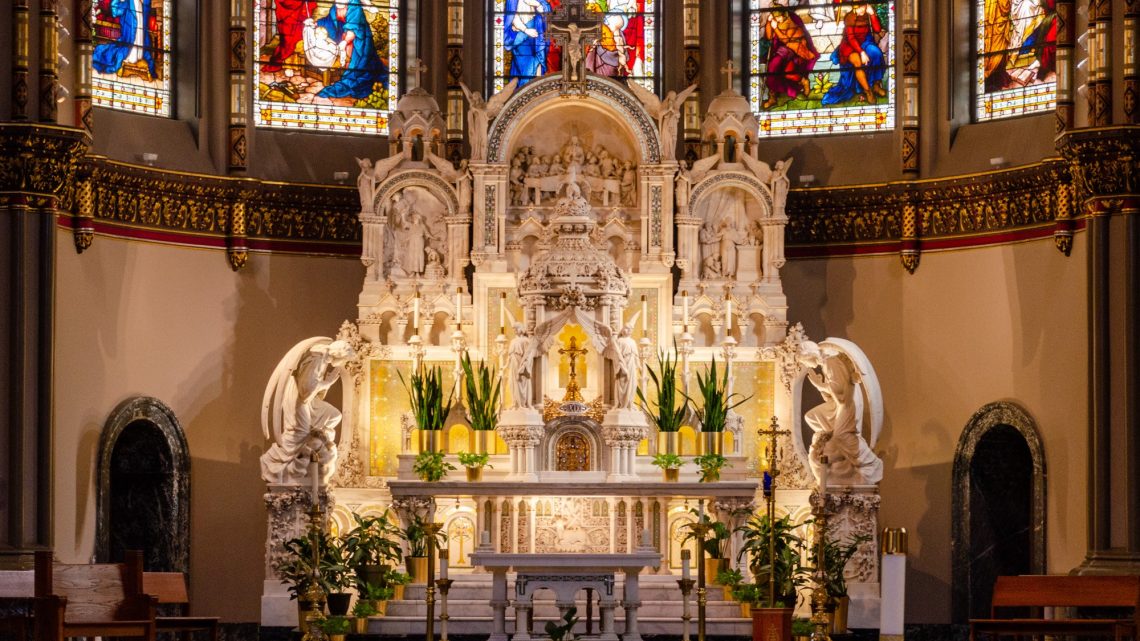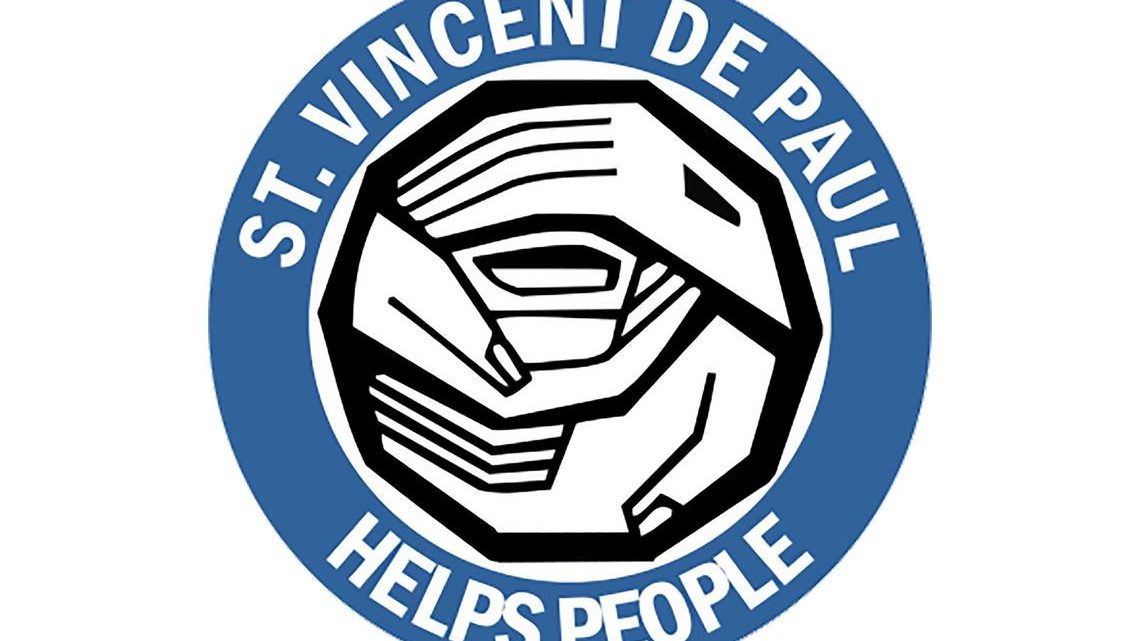Society of St. Vincent de Paul and It’s Work Today
On 5th March 1854, the Society was initiated in Australia by Fr. Gerald Ward, an English missionary in Melbourne. Fr. Ward, who was familiar with the Society of St. Vincent de Paul from his time in London, had observed the difficult predicament experienced by the low-income families in Melbourne following the Victorian gold rush. Therefore, he established the Society of St. Vincent de Paul in Australia and became the first president. The new conference in Melbourne aimed to relieve poverty and visit the less privileged families. He started by addressing the most prevalent social issue at the time – A growing number of homeless and deserted children on the streets. Fr. Ward subsequently help set up the SVP Orphanage in Melbourne. In 1857 children started being accepted to the Orphanage.
In 1862, the Society expanded to India when Fr. Leo Meurin established the Conference of Our Lady of Hope, Bhuleshwar, at the cathedral. Fr. Meurin also set up a Conference at St. Teresa, Girgaum the same year and subsequently established four others in the year that followed; Our Ladies of Victories, Mahim; St. Peter, Bandra; St. Anne, Mazagaon and St. Joseph, Umarkhadi.
The Society also expanded to Canada, Mexico, Germany, Switzerland, the Netherlands, and many other countries.
First Women’s wing of the Society
At the inception of the Society of St Vincent de Paul, women did not take part in forming the group since they were practically absent from the university. Although St. Vincent and Louise Marillac had established the Ladies of Charity for young women, women still wished to be members of the Society of St. Vincent de Paul and observe the rules laid out by its founders. On 10th January 1856, Celestina Scarabelli established a women’s wing of the Society in Bolonia.
Challenges
Since the Society was first established, it has witnessed three wars, one revolution, and many trails. The Society was put on hold between 1861 and 1870 when the Perigny memorandum called for Councils to be dissolved. From 1939 to 1945, many conferences were forced to close down owing to World War 2. The Society also faced resistance from anti-Christian doctrines. Conferences were halted in some countries where they were considered as an insurgent. In other countries, the Society of St. Vincent de Paul went underground.
The SVP society today
Today the SVP society continues to maintain its influence. Most of the influence is in developing nations, which currently account for about two-thirds of the conventions. As of 2020, the Society has about 800,000 members stretched out across the world, all carrying on the vision of St Vincent de Paul and the benevolent work of Ozanam to offer help to the less privileged in Society while spreading the word of Christ. The members operate through conferences, which may be based out of a community center, church, school, hospital, etc. The conferences comprise of Catholic volunteers who pursue Christian growth through service to the poor. Although the majority of the members are Christian Catholics, Non- Catholics are allowed to join since the Society serves everyone regardless of their beliefs. The SVP Society also runs charity shops in many countries, including the United States, Canada, Australia, New Zealand, and Ireland, where they sell items from clothing to books to automobiles at a low price. Proceeds from the charity shops and donated items are distributed to the poor, who are already quite burdened by credit troubles and even bankruptcy. In terms of its accomplishment to date, the SVP society has indeed lived up to its founder’s ideals of charity. Through the Society, many people have been able to exercise their faith and have alleviated the suffering of countless lives.…
The Great Development of the Church
On 24th July 1834, Frederic Ozanam revealed his wish that every like-minded person enthusiastic about charity would come together and that a global organization be established to offer help to the less privileged. By the end of 1834, the organization had developed tremendously and now comprised of more than a hundred members, and Ozanam’s dreams were beginning to become visualized. Owing to the tremendous success and growth, it was now necessary to divide the organization. The organization was split into two sections on 24th January 1835 with Ozanam as vice president of one of the groups. Soon after, the increase in regions started. As students completed their studies and left Paris, they began establishing conferences. First, in Nimes on 10th February 1835, then in Lyon on 16th August 1836, followed by Rennes, Nantes, and many others. In 1836, it became necessary to form a Council for managing the conferences. The council proved to be useful and still exists today under the name “General Council.”
After the expansion of regions took place, the expansion of borders began. The first expansion outside France took place in 1842 in Rome, and then in 1843, it extended to Belgium, Scotland, and Ireland. Fr. Ignatius Spencer, a Catholic from London, had learned of the Society of St. Vincent de Paul from his visits to Paris. In 1842, Parisian Monsieur, who would later become president, visited London and convinced Fr. Spencer to write about the Society of St. Vincent De Paul in the Catholic Magazine. In January 1844, England’s first convention was established by M. Pagliano, a recent Catholic convert and a group of 13 like-minded people. Some of their early endeavors included the establishment of the Catholic Shoe Brigade, providing youthful men with employment, and the establishment of the first home of “The Rescue Society.”
In 1845, the Society expanded to the United States. Fr. John Timon had learned of the Society during his visit to Paris with his Vincentian superiors and had carried copies of the Society of St. Vincent de Paul rules from Dublin. On 16th November 1845, Fr. Timon was invited to preach during the sanctification of the new St Vincent de Paul on South 8th Street by Bishop Peter Richard Kendrick. In his sermon, Fr. Timon talked about Society, and some leading laymen who were present during the sermon were moved by the idea and held a Conference on 20th November 1845. The Organizational meeting included Judge Bryan Mulanphy as chair, Ambrose Heim as a spiritual advisor, and Dr. Moses Linton.…
Origins of the Society of St. Vincent de Paul
During the early 19th century, Paris was amid upheavals and was greatly affected by social and political unrest. The July revolution negatively affected the efforts of the Old Bourbon Monarchy. There was a decline in religion, and atheism was beginning to gain ground. More and more skepticism started to grow in the teachings of St Simon. Many farmers were leaving their lands and migrating into the large cities in search of employment. More often than not, they only found unemployment or jobs with little wages. The impoverished state of life in the slums on the outskirts of Paris would later inspire the beginning of the SVP Society.
The Origin of the SVP Society
The SVP Society was started in Paris in 1833 by Christian students led by Frederic Ozanam. The vision of Ozanam was to embrace the world in a network of charity. What started as a small conference of charity would later spread across the globe and alleviate the suffering of many low-income families, thus living to the founder’s ideals.
In 1832, Cholera was claiming more than 1200 people every day in Paris. During this time, vast slums were setting in the suburbs of Paris. Many people were living without resources, and some in extreme poverty. Starvation, disease, and homelessness were common among the slum inhabitants. Frederic Ozanam, then a young student, had to walk through some of the poorest suburbs in Paris each day on his way to attending university lectures. He became deeply moved by the challenges faced by families that had been affected by the epidemic.
Ozanam and some of his friends with whom he used to debate world events in history conferences, decided to come together as fellow Christians in order that they may set up a philanthropy conference. Emmanuel Bailly, then the editor of Tribune Catholique, agreed to help in their project and offered them a place they could meet. On 23rd April 1883, they held their first convention near St. Sulpice Church. The convention comprised of Frederic Ozanam, Emmanuel Bailly, Jules Devaux, Paul Lamache, Auguste Taillandier, Felix Clave and Francois Lallier.
The group named itself “The Society of St Vincent de Paul” after the Patron Saint of Christian Charity and put themselves under the guidance of the virgin Mary. After the gathering, Frederic and one of his friends put together all their winter wood stock and presented it to a widow. They later asked for the advice of Sr. Rosalie Rendu, a daughter of charity member who used to visit low-income families in the more impoverished neighborhoods. Sr. Rendu introduced them to people they could help and coordinated the allocation of aid from Mouffetard Street, which was in Paris’ 12th District. They resolved to meet every week to nurture their relationship and to respond to the needs of the neighborhoods they served. The SVP Society was born.…


